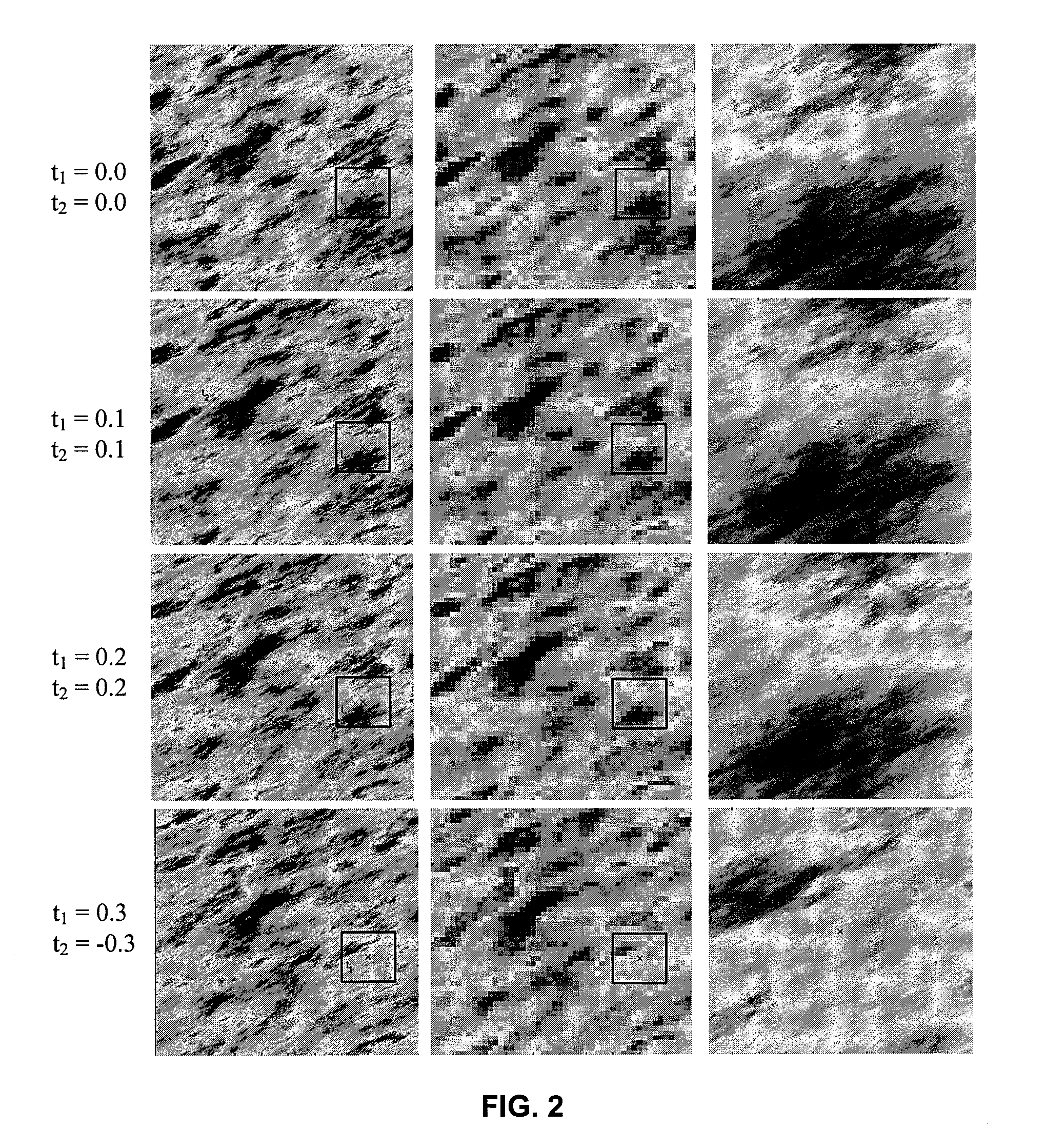Method for updating a geological model using dynamic data and well tests
a geological model and dynamic data technology, applied in the field of petroleum exploration and production, can solve the problems of dissociation between well test matching and production data, few methods for refining reservoir models, and fewer methods for simultaneous integration
- Summary
- Abstract
- Description
- Claims
- Application Information
AI Technical Summary
Problems solved by technology
Method used
Image
Examples
Embodiment Construction
[0036]The alternative method for optimizing the development of underground reservoirs comprises constructing a geological model representative of the reservoir, meeting both dynamic data and well tests. The method takes account of the scale differences between the well tests and the dynamic data. It allows matching of these two data types to be processed simultaneously. The methodology provided is diagrammatically shown in FIG. 1. The main stages of the process are as follows:[0037]1) a geological model (MG) is generated at a fine scale, i.e. a fine grid pattern. This model meets the static data, i.e. the data that do not depend on the movements of the fluid within the reservoir (log data, data measured on cores taken in wells, seismic survey data, etc.). This model is constructed from stochastic techniques known to specialists,[0038]2) the geological model is transferred to a coarse scale by applying a geological model upscaling procedure (ME), so as to construct a reservoir model ...
PUM
 Login to View More
Login to View More Abstract
Description
Claims
Application Information
 Login to View More
Login to View More - R&D
- Intellectual Property
- Life Sciences
- Materials
- Tech Scout
- Unparalleled Data Quality
- Higher Quality Content
- 60% Fewer Hallucinations
Browse by: Latest US Patents, China's latest patents, Technical Efficacy Thesaurus, Application Domain, Technology Topic, Popular Technical Reports.
© 2025 PatSnap. All rights reserved.Legal|Privacy policy|Modern Slavery Act Transparency Statement|Sitemap|About US| Contact US: help@patsnap.com



